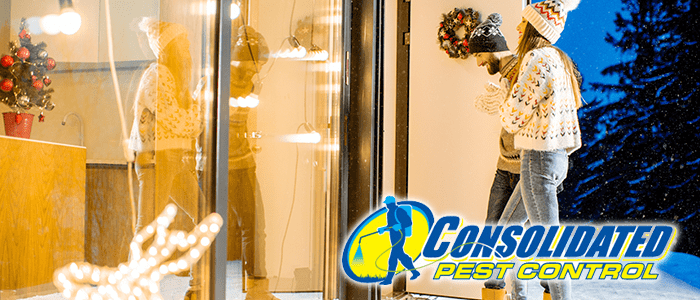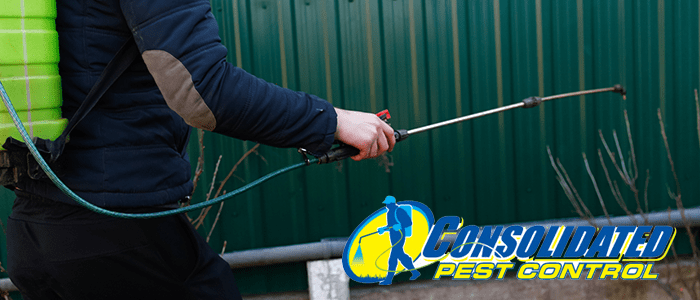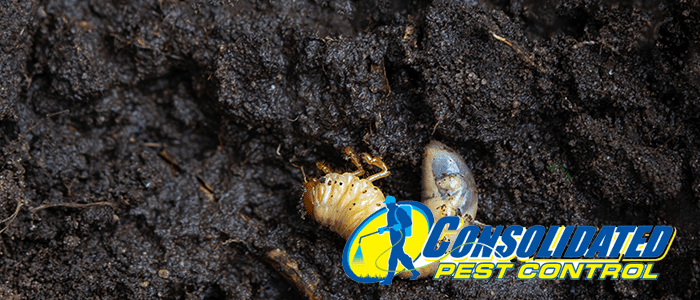
Is Winter Pest Control Necessary?
It’s easy to think that you won’t have any pest control problems during the winter, but winter is the perfect time of year for all sorts of pests to be looking for somewhere safe and warm with plenty of food to settle down and get out of the cold.
It’s also the perfect time of year to check for weeds and apply pre-emergent weed control to your yard so that when spring comes, the grass is looking immaculate.
Read on to see just some of the pests you can expect in the winter, and why you’ll want to keep your strategy and service regular.
Cockroaches
With more than 70 species in the United States alone, some prefer to stay outdoors, but others could be ready to bunk with you when the weather outside is frightful. Not only are these insects nasty, but they’re harmful to your health; they can cause asthma attacks through allergic reactions, as well as spread bacteria like salmonella and E. coli and contaminate your food with their secretions.
Some of the most common types of cockroaches to look out for:
- American Cockroaches – Also known as “palmetto bugs,” these are the largest of the cockroaches that infest homes. They can fly a short distance, and although they like living outside, they certainly aren’t opposed to coming indoors for food and water.
- German Cockroaches – The species that “gives all other cockroaches a bad name,” these roaches move from room to room and lay eggs wherever they go, a single female being able to produce tens of thousands of offspring.
- Asian Cockroaches – Often mistaken for the German Cockroach, but much stronger fliers.
- Smokybrown Cockroaches – Always on the lookout for water and seeking protection from the elements, these roaches will gladly use your home for both.
Rodents
According to the National Pest Management Association, nearly half of all rodent-related problems occur during the fall and winter as mice and rats move indoors. Rodents are known to spread more than 35 diseases, so you’ll want to be proactive in preventing a winter infestation.
To help prevent rodents from getting cozy in your home, try these tips:
- Seal entry points with silicone caulk, even if they’re small, and pay special attention to your home’s utilities and pipes. For larger holes, use steel wool.
- Be sure to also check vents, crawl spaces, chimney openings, and your attic for entry points.
- Replace worn-out screens or weather strips.
Termites and Winter Pest Control Conclusion
With over 1,800 varieties, and 185 of those formally considered as pests, termites that feed on wood can become an exorbitantly expensive problem. They feed on wood, including that which foundations and support beams are made of, and though they typically become less active in the winter, that isn’t necessarily the case in warmer states like Florida. It also is not unusual for termite colonies to winter away in our nice warm homes. In those cases, you might want some expert pest control.
Some warning signs of termite infestation include:
- Small piles of wood-colored, ridged droppings.
- Shed wings that look like tiny fish scales.
- Swarms of flying insects near light fixtures, which may be termites in their reproductive stage.
- Holes in wood like walls and furniture; especially if there seems to be soil near the holes.
- Mud-like tunnels coming from the ground; particularly if you destroy them and they are rebuilt.
- Swollen walls, ceilings, and floors that may look water-damaged or have a moldy smell.








